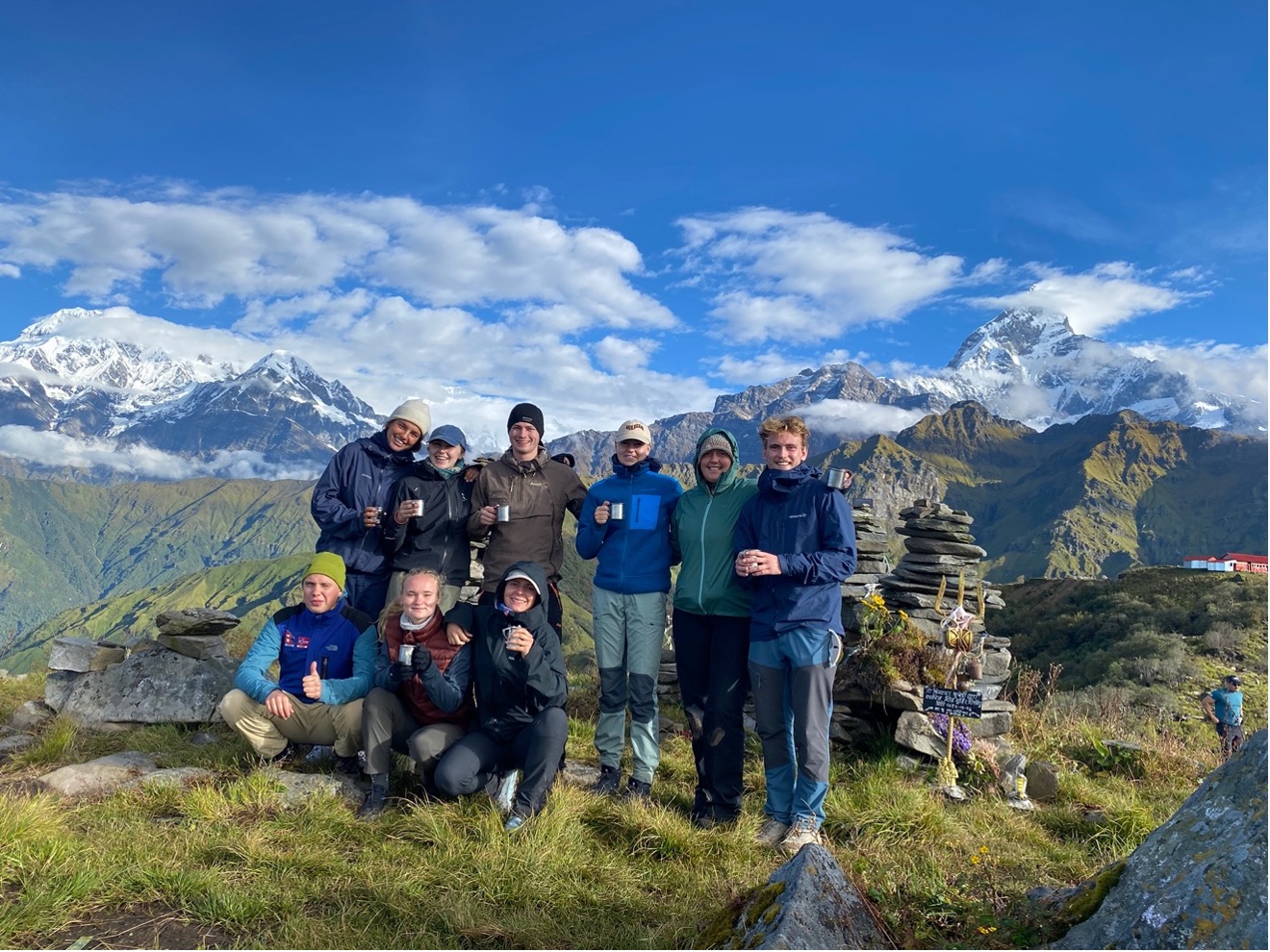
As you might know, staying in Pokhara gives you plenty of opportunities to go trekking in the Annapurna region in Himalaya. Personally, this was one of the many highlights of staying in Nepal. Because of this, I will dedicate this post to give you some advice on how to prepare and plan for a trek. I will also share some experiences I had along the way.
During my semester, we were a varied group of people, and some were more eager to go trekking than others. Despite this, I believe almost all of us went trekking at least once, and everyone had good experiences as far as I know.
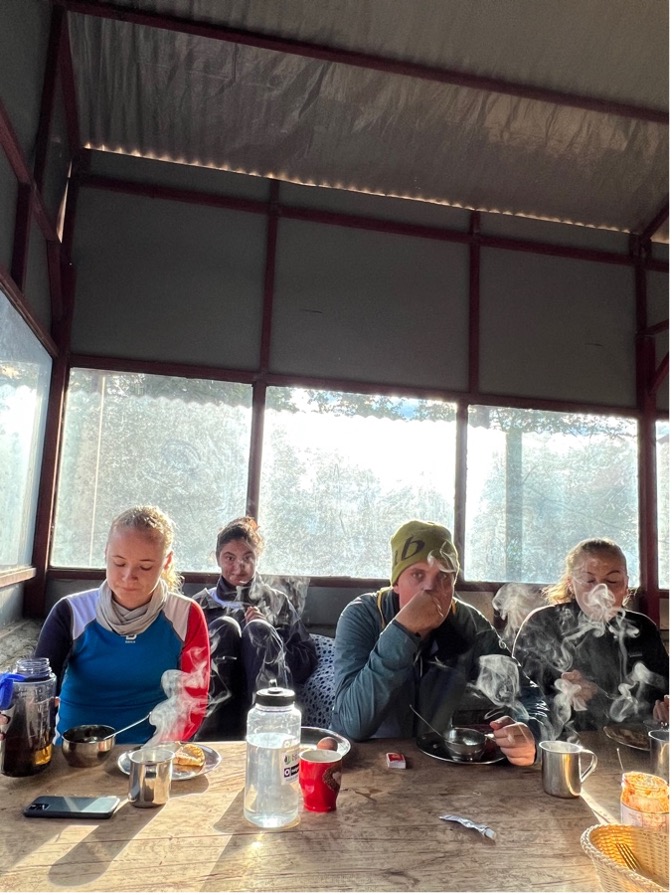
When planning to do a trek, there are some things to have in mind:
- Equipment: You will be able to rent everything you need of trekking gear and equipment in Pokhara. We rented or bought backpacks, down jackets, fleeces, walking sticks, sleeping bags, first aid equipment etc. Because of this, I would advise you not to pack any more than necessary. This goes especially if you are travelling after your stay in Nepal. It is possible to send packages with your stuff from Nepal, although some packages never showed up, so I would not send anything that is valuable to you.
- Guide: When it comes to having a guide on the treks, it varies whether this is necessary. I know some had a guide for the Annapurna base camp trek, and got accommodation and transport included in the price. A guide can teach you a lot about the story and culture of the region, and carry you safely through your trek. However, if you are looking to save as much money as possible, a guide is usually not necessary. Anyhow, I would advise you to buy a map of where you are planning to go. In addition, there was usually signs, maps and villages along the paths, so there was usually no problem finding the way.
[After 1 April 2023 the Nepali government made it mandatory to bring a guide on several treks in the Annapurna Region, however people experience a lacking enforcement of this new law].
- Permits: Some regions and treks requires a trekking permit. It is important to check this before you go trekking. I should mention that there was times we had trekking permits and they were never checked. Other times we tried trekking somewhere and was stopped because we did not have a permit. If you come to a checking point and you don’t have a permit, it is usually possible to buy it there, but this is a lot more expensive. For the predictability I would therefore advice you to buy permits beforehand. Trekking permits can be fixed at the immigrations office in Pokhara, and cost 2655 NPR, which is about 200 kr.
- Transport: Most of the treks start from one of the villages in the region. We usually took the local bus back and forth from the villages. They usually go every day, but you should check this beforehand just in case. Sometimes we also rented jeeps. This is a little bit more expensive, but faster and a good choice for longer drives.
- Altitude sickness: Most people did not get altitude sickness under 4500 m.a.s.l. Some got quite tired and bad headaches. They went back to the tea house to rest or moved further down the mountain. Although this was the case for a few people, I would not let this scare you from trying to trek. Just walk slowly and don’t push yourself if you feel bad. If you trek any of the treks mentioned below, there is usually a lot of tea houses to rest at and possibilities to get down quite fast.
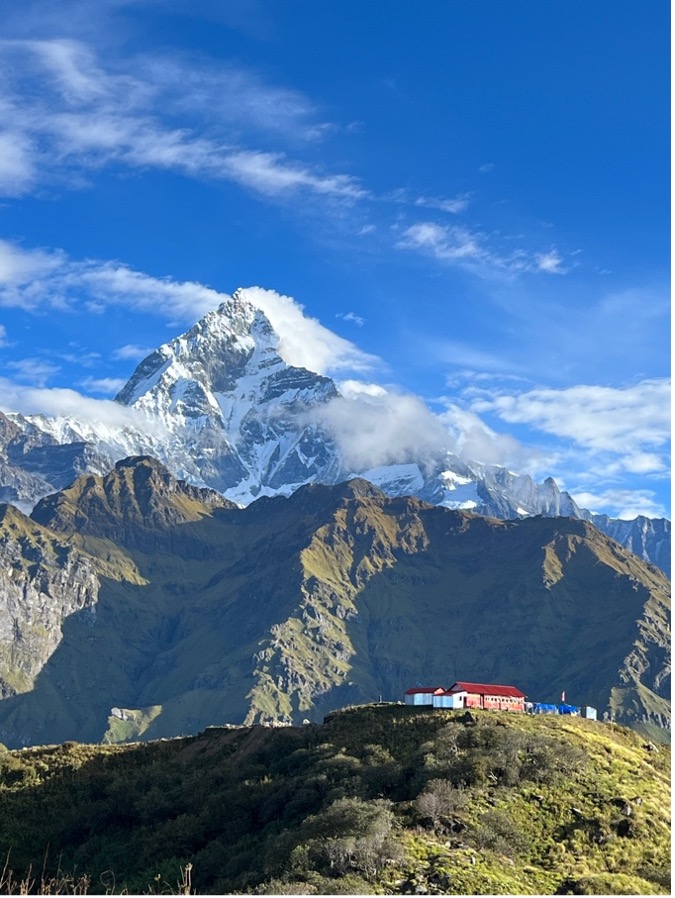
There are several treks to choose from, but these are probably the two most famous ones:
“ABC”, 4 130 m.a.s.l
The Annapurna base camp trek is probably the most famous trek. It is easily accessible if you stay in Pokhara. When you google the trek it usually says that you should plan to use 5-10 days, but I believe almost everyone completed it during the long week-end, using 4-6 days. This of course depends on how experienced and comfortable you are trekking from before. Because this trek is so famous, there are also plenty of guest houses along the way. This makes it easier to choose how long you wish to walk for each day, and how long time you want to spend doing the whole trek.
Mardi Himal 4 500 m.a.s.l
Mardi Himal is another very famous trek in the region. It is shorter, but steeper than the Annapurna base camp. This trek also has several guesthouses to choose from in the different camps along the path. In total we spent 4 days completing this trek. We started trekking from Landruk, and spent our first night at Forest camp. The second day we went straight to High camp, but it is also possible to have a night at Low camp before trekking further. On our third day we went up to Mardi Himal base camp at 04:00 in the morning. The view and weather is usually better earlier in the day during the fall season. At Base camp you see the Machapucharre mountain, which is believed to be where the Hindu god Shiva meditates. Around lunch time we went back down again to high camp for our last night in the mountains. We had one day spare before we had to be back in Pokhara, so some of us also spent a last night in the village Sidhing. We stayed at a couples guest house called “Luxury guest house and restaurant” that I would recommend (we even had hot water in the shower!). There are several ways to complete the different treks, but I think this was a good way to do it.
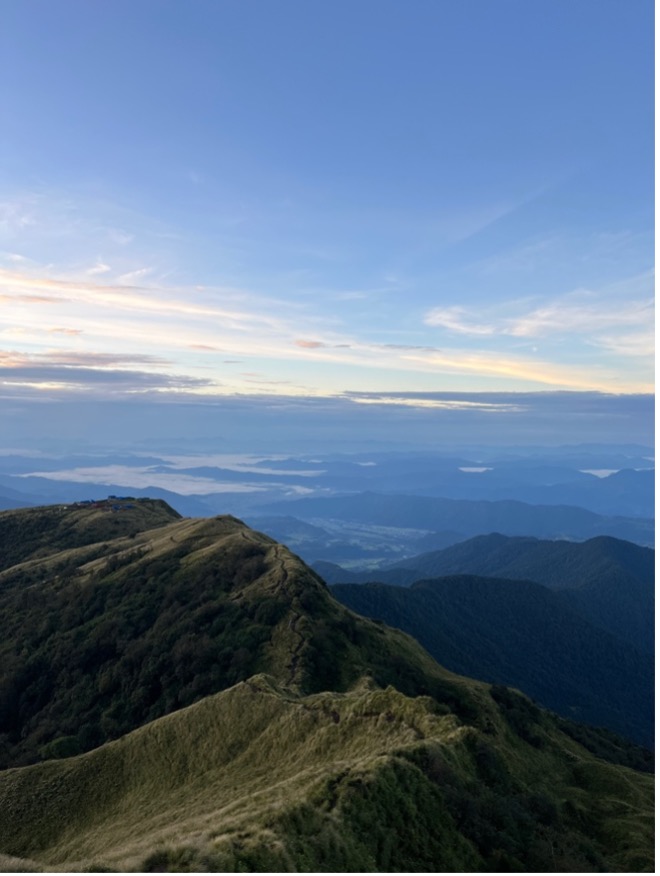
Taken this advice in consideration, my best tip would actually be to buy a map of the region, and see if there are any treks that looks doable and interesting. To do more spontaneous treks like this will demand that you feel comfortable to read the map while trekking. It can also be smart to plan a route that involves some villages and tea houses along the way so you know you have somewhere to go if anything were to happen. Most of the paths also have signs to different villages and peaks along the way.
I know for myself that it was these spontaneous and less touristy treks that have given me the best memories from Nepal. On most treks you find small tea houses along the way where you can get a cup of tea, a bowl of noodles, and fill up your water bottles. When we arrived at the tea house for the night we usually calmed down to read books, write our travel diaries and drink tea, or listen to music, play cards, have a beer, and enjoy the view and each other’s company.
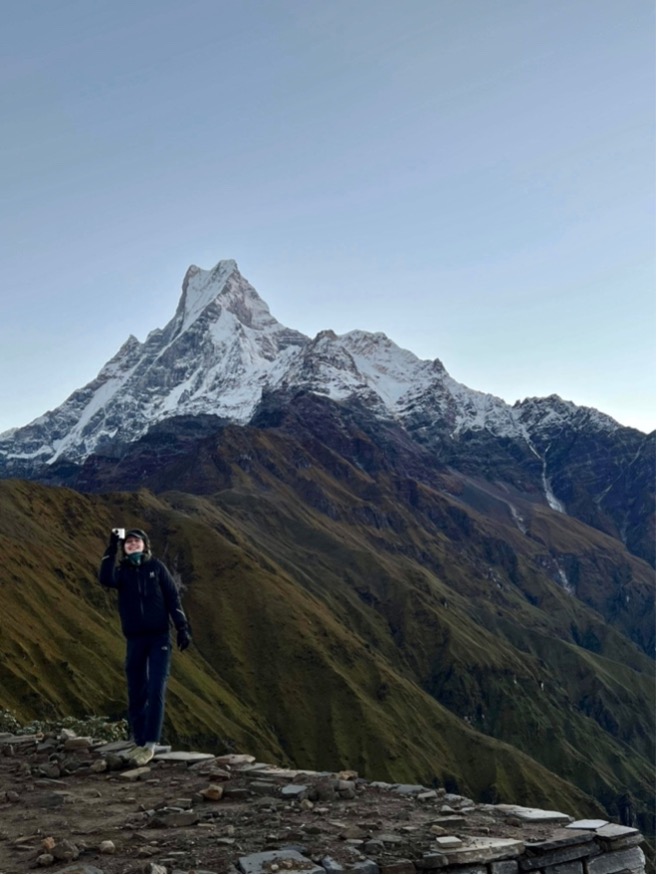
During these treks we also stumbled upon situations, people, and places that we never would have seen if we only stuck to the most famous treks. No matter how cliché it may sound, the best part of the trek is the people you spend it with, and the random situations you end up in. You may be ran down by a donkey, and you may stumble among hundreds of sheep to find the path in the middle of the night. You may end up modelling for an advertisement for a new guesthouse, and you may lose the path for three hours and be as happy as you have ever been for a bottle of water afterwards. Yes, I don’t think I have ever been as full of blood, dust and sweat at the same time as I was on some of these treks, but it was all worth it.
I hope this post gave you some insight and inspiration to go trekking in Nepal. Last thing to remember is: enjoy!
– Mina